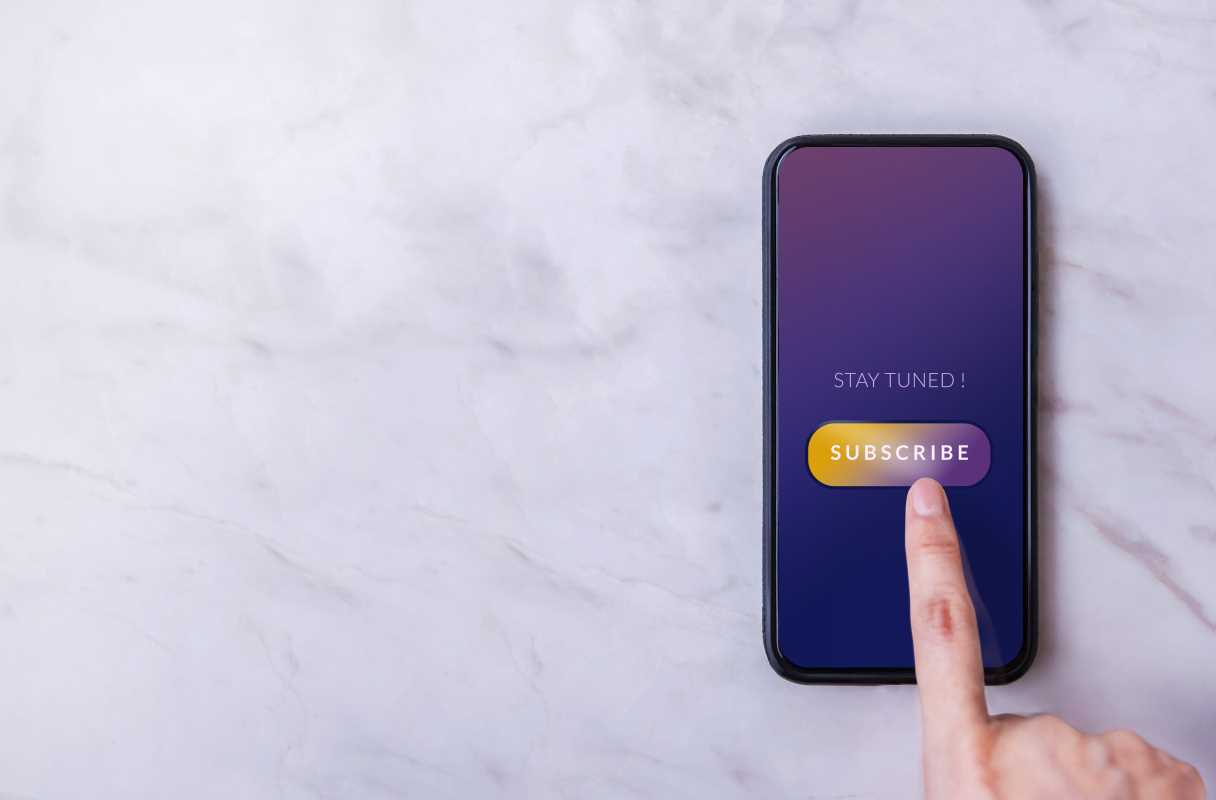A balance between work and personal life isn't merely a distant dream—it's a crucial cornerstone for long-lasting success and happiness. When we manage to strike this balance, both our careers and personal lives thrive together, leading to a life that's both rewarding and productive. Without it, stress and burnout can overwhelm us, reducing our efficiency and impacting our overall health. Grasping the art of managing professional responsibilities while pursuing personal goals is vital for anyone aiming to navigate our ever-changing world successfully.
Understanding Balance
Achieving balance is a multifaceted endeavor that involves various elements working together. Here are some key factors that contribute to maintaining equilibrium:
- Time Allocation: Distributing time effectively between work obligations and personal activities.
- Setting Boundaries: Clearly defining when work ends and personal time begins to prevent overlap.
- Self-Care: Prioritizing physical and mental health to maintain energy and focus.
- Flexibility: Adapting to changing circumstances without losing sight of goals.
- Support Systems: Building relationships and utilizing resources to manage responsibilities.
Setting Priorities
- Identify Core Values: Determine what matters most to you in both your personal and professional life.
- List Your Responsibilities: Write down all tasks and commitments to gain clarity on your obligations.
- Assess Importance and Urgency: Categorize tasks based on their significance and deadlines to tackle them effectively.
- Allocate Time Accordingly: Assign appropriate time slots to each priority, ensuring that critical tasks receive the attention they deserve.
- Review and Adjust: Regularly evaluate your priorities and make necessary adjustments to stay aligned with your goals.
Time Management Techniques
Effective time management is crucial for maintaining business and life balance. Here are some popular methods that can help:
The Pomodoro Technique: Break your work into intervals, typically 25 minutes in length, separated by short breaks. This method helps maintain focus and prevents burnout by ensuring regular rest periods.
Time Blocking: Allocate specific blocks of time to different tasks or activities throughout your day. This approach minimizes distractions and allows you to dedicate focused periods to high-priority tasks.
The Eisenhower Matrix: Categorize tasks into four quadrants based on their urgency and importance. This helps in prioritizing tasks that contribute most to your goals and delegating or eliminating less critical activities.
Batch Processing: Group similar tasks together and handle them in a single dedicated time slot. This reduces the time lost in switching between different types of work and enhances efficiency.
Implementing these techniques not only boosts productivity but also creates space for personal pursuits, ensuring that both aspects of your life receive attention.
Integrating Work and Personal Life
Seamlessly blending work responsibilities with personal commitments serves as a cornerstone of mastering balance. Here are some methods to achieve this integration:
Flexible Scheduling: Negotiate work hours that accommodate personal appointments or family time. Flexibility can lead to higher job satisfaction and better personal relationships.
Remote Work Opportunities: Utilize remote work options to reduce commuting time and create a more comfortable and personalized work environment.
Unified Planning Tools: Use a single calendar or planner to manage both work and personal activities. This holistic view helps in avoiding scheduling conflicts and ensures all commitments are met.
Shared Responsibilities: Delegate household tasks among family members to balance the workload and free up time for both work and leisure.
Mindful Transitions: Develop routines that signal the end of the workday, such as a short walk or a brief meditation session, to mentally shift focus from professional to personal life.
Benefits of Achieving Balance
Striking the right balance between business and personal life yields numerous benefits that extend beyond immediate productivity. Here are some of the positive impacts:
Enhanced Well-Being: Maintaining balance reduces stress levels, lowers the risk of burnout, and contributes to overall mental and physical health.
Increased Productivity: When well-rested and less stressed, individuals can focus better and perform tasks more efficiently, leading to higher productivity in both domains.
Improved Relationships: Allocating quality time to personal relationships strengthens bonds and provides a support system that can be invaluable during challenging times.
Greater Job Satisfaction: Employees who achieve a healthy balance tend to feel more satisfied with their jobs, leading to lower turnover rates and a more motivated workforce.
Personal Growth: Balance allows time for pursuing hobbies, education, and personal development, enriching one’s life beyond professional achievements.
Ultimately, the advantages of achieving balance extend to all aspects of life, creating a more harmonious and fulfilling existence.
Balancing business and personal life requires intentional effort and continuous adjustment. By setting clear priorities and managing time effectively, you can achieve both professional success and personal fulfillment.
 (Image via
(Image via





